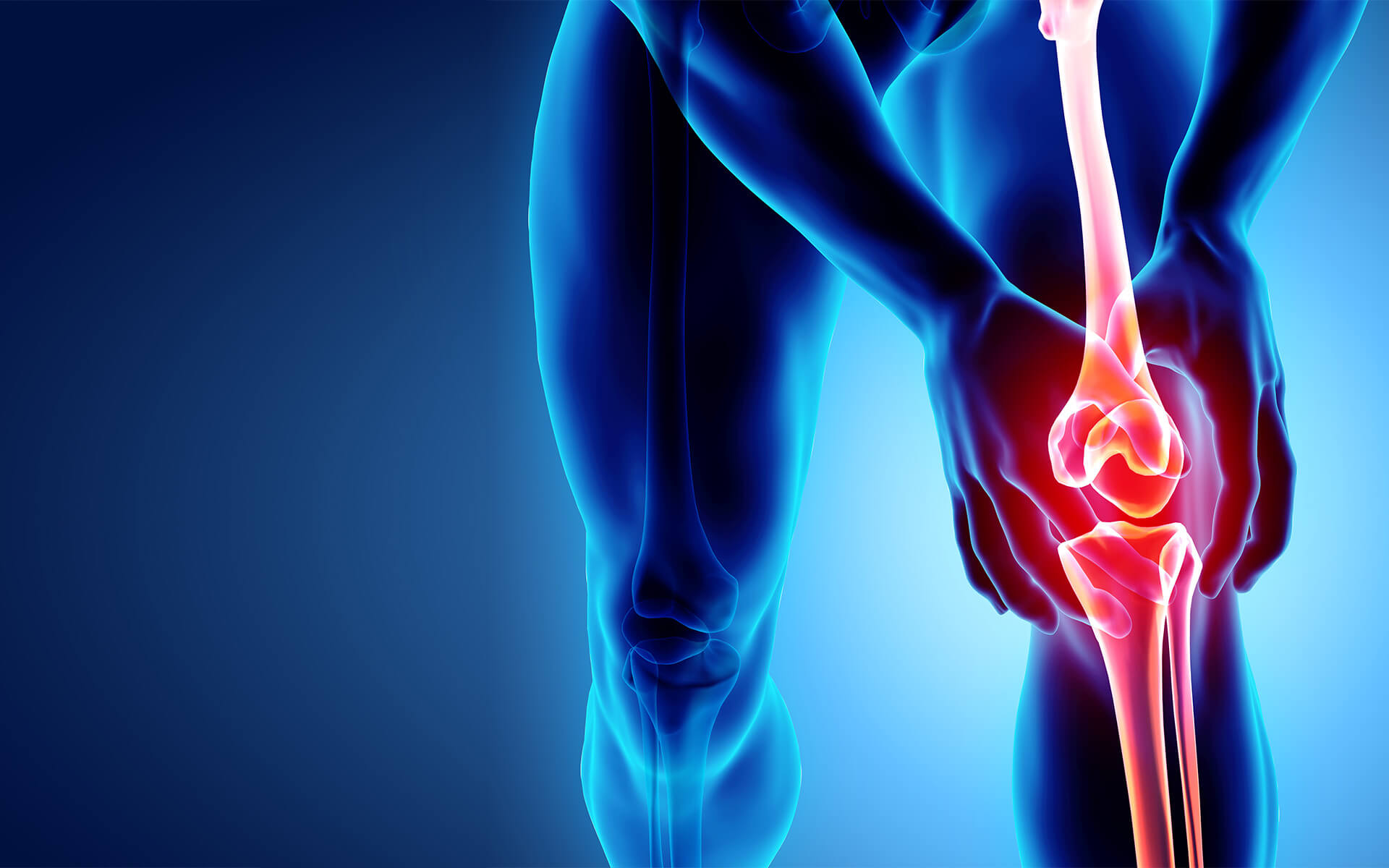Pressure sores, also known as pressure ulcers or bedsores, are injuries affecting the skin and underlying tissues. Pressure ulcers result from prolonged pressure on the skin and most often develop on “bony” areas of the body, such as the tailbone, hips, heels, and ankles. Pressure sores are a serious concern, especially for people who are bedridden or have limited mobility, as they can lead to serious complications if left untreated.

Pressure Ulcers and Pressure Sores Overview

What are Pressure Sores?
Symptoms
Some common symptoms of pressure sores include:
- Redness or discoloration of the skin
- Swelling
- Pain
- Open sores that may contain pus or drainage
- Infection
Causes
Pressure injuries are caused by pressure and friction when blood supply is cut-off from the skin for more than 2 to 3 hours. The first step to treating or even preventing bed sores is to reduce the pressure. This can be done by repositioning (turning or rotating) the patient. How often a patient is repositioned will depend on the condition, but can be done every 15 minutes or every couple of hours.
Risk Factors
You may risk developing pressure ulcers if you are immobilized or have difficulty moving or changing positions while seated or lying down. The risk for pressure sores increases due to:
- General poor health, weakness, or immobility
- Paralysis
- Injury
- Illness requiring bed rest
- Wheelchair use
- Post-surgical recovery
- Sedation or coma
Other factors that increase the risk of pressure sores include:
- Advanced age
- Lack of sensory perception
- Extreme weight loss
- Poor nutrition and hydration
- Excess moisture or dryness
- Bowel incontinence
- Poor blood flow
- Smoking
- Muscle spasms
Diagnosing a Pressure Ulcer
A medical professional will diagnose you with pressure ulcers by conducting a physical exam and comparing the skin in the affected areas to non-affected skin. They may also inquire about your mobility and comorbidities, including diabetes or spinal cord injuries.
The National Pressure Ulcer Advisory Panel (NPUAP) prefers the term “pressure injury” to diagnose the condition because injuries are present across all stages of the condition, whereas ulcers occur at a distinct stage (stage 2). NPUAP classifies pressure injuries into four categories based on the type of pressure injury:
- Stage 1 Pressure Injury: Intact skin with localized area of erythema (redness of the skin, typically in patches, caused by irritating blood capillaries). Erythema is non-blanchable, meaning it will not turn white when pressed. Skin temperature may be warmer in the affected area.
- Stage 2 Pressure Injury: Open, broken skin that may form an ulcer, blister, or shallow wound. Localized areas of redness will still be present. Pain, swelling, discoloration, or pus may be present.
- Stage 3 Pressure Injury: Wounds progress beyond the surface of the skin, revealing the adipose (fat) tissue below. This stage brings a high probability of infection, which includes foul-smelling odors, fever, and greenish discharge or pus leaking from the sore.
- Stage 4 Pressure Injury: As a pressure injury deepens, you may see exposed fascia, tendon, muscle, ligament, bone, or cartilage visible in the wound. The area may be purple in color, rather than pink or red. Infection is likely, and with it, odors, fevers, and leaking wounds.
Ulcer Treatment and Pressure Sore Management
If repositioning and reducing the pressure isn’t enough to treat the condition, the following pressure sore treatment options may be recommended:
Use Supportive Surfaces
There are a number of supportive surfaces, including specialized mattresses and cushions, that can be deployed in various ways to help you sit or lie in a way that reduces pressure and protects the affected area.
Clean and Dress Wounds
Wound care is essential for patients with pressure ulcers. This includes keeping the skin clean with a gentle cleanser and patted completely dry. Mild wounds may be cleaned with water or a saline (saltwater) solution when bandages are changed. Bandages can also speed healing by creating a barrier against infection and keeping the wound moist while maintaining dry skin around it.
Antibiotics
Infections are likely to occur as pressure ulcers progress into large, open wounds. Antibiotics may be prescribed for infections such as sepsis (blood poisoning), cellulitis (bacterial infection affecting the tissues under the skin), and osteomyelitis (bone infection).
Debriding Tissue
Damaged, infected, or dead tissue will prevent proper wound healing. Debriding tissue means removing the damaged tissues to promote healing.
Pressure Ulcer Surgery
If your pressure sores have progressed to stage 2 or beyond, surgical interventions may be required to facilitate healing. During pressure ulcer surgery, your surgeons will work to clean the wound, debride (remove) any dead or damaged tissue, and close the wound. Healthy tissue from nearby areas may be used to help close the ulcer (this is known as flap wound closure).
Depending on the extent of the tissue damage, surgery for pressure ulcers may be done under local anesthesia or may require general anesthesia. This procedure is typically an outpatient procedure, and you may be released the same day, or the day after, your surgery.
Recovery from pressure ulcer treatment will vary depending on the severity of the condition and the type of treatment selected. For example, a Stage 1 ulcer may be reversed within 3 days if pressure is removed from the affected area.
For surgical treatment of pressure injuries, recovery can take time. Your wound may be large and it can take weeks or months for it to fully heal. During the recovery process, you will need to keep pressure off of the area, which may involve frequent repositioning. Your wound will need to stay clean and dry and you or your caregivers may be required to change the dressings and clean it regularly. For some patients, in-home health care or a temporary stay at a healthcare facility may be required during the recovery period.
Our Doctors
Patient Stories
Insurance Information
The Institute for Advanced Reconstruction participates in a wide range of insurance plans, including those listed below. However, each physician has their own accepted insurance and hospital affiliations. Before scheduling an appointment, please contact your insurance carrier to confirm that your provider is in-network.
If we are not an in-network provider, our friendly insurance specialists will help you find the most coverage available for your treatment.
- Horizon Blue Cross Blue Shield of New Jersey
- Medicare
- Railroad Medicare
- Aetna
- Cigna
- United Healthcare
- Oxford (Freedom, Liberty)
- MagnaCare
Locations
Patient Resources
Learn more about what to expect when it comes to surgical procedures and treatments at the Institute for Advanced Reconstruction by visiting our patient resource page.
Am I a candidate for skin reconstruction?
If you have been diagnosed with a stage 2 pressure injury or greater, or suffer from frequent pressure sores, we may be able to help. Schedule a consultation with one of our specialists today to find out if advanced skin reconstruction surgery is an option for you.





